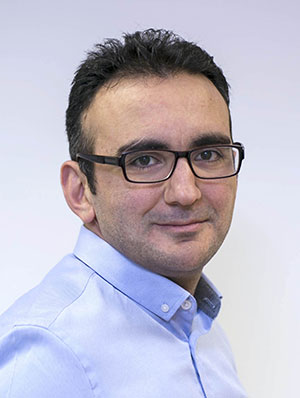Impedance And Noise as Non-invasive Battery Analysis Tools

Dr. Burak Ülgüt
Associate Professor
Bilkent University
Chemistry Department
Abstract
Being able to follow battery performance and health parameters throughout their operation is one of the challenges of today. Methods involving various mathematical manipulations of the potential and current as functions of time severely overlook the fundamental phenomena happening inside the battery.
Electrochemical Impedance Spectroscopy(EIS) has established itself as a prime analysis method for batteries that allows the independent investigation of the various processes while the battery is intact.
On the other hand, Noise is the ultimate noninvasive method as it can measure properties without even applying any signals. In short, it is a method that investigates the potential for signatures of stochastic events happening inside the battery.
In this talk, I will highlight progress we have made in using impedance in ways that are not prone to subjective data analysis methods and further show how the voltage noise can be a very valuable non-perturbing method to analyze batteries.
Biography
Dr. Burak Ülgüt obtained his BS in Chemistry from Bilkent University in 2002. He then got a PhD on Electrochemistry with Prof. Héctor D. Abruña in 2007 from the Department of Chemistry and Chemical Biology from Cornell University. During his PhD, he worked on various electrochemical analyses of various molecular platforms for electron transfer. During his postdoc at Cambridge University in England in the group of Prof. Sir Richard Friend. Between 2008 and 2014, he worked in various roles at Gamry Instruments. While at Gamry, he worked on developing various aspects of Electrochemical Impedance Spectroscopy, both on the measurement and on the data analysis side. After a yearlong stay at İnci Akü working on lead-acid batteries, he joined Bilkent University Chemistry Department as an Assistant Professor in September of 2015. He is currently an Associate Professor in the same department.
His research as an academic involves developing various electrochemical measurement and modeling methods. Though the samples are mostly geared towards electrochemical energy storage, the methods developed are applicable to other devices that can be probed by AC and DC electrical excitations.

